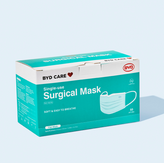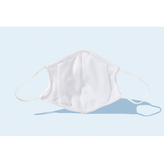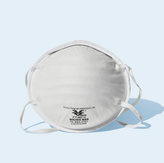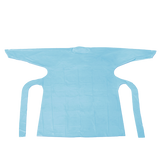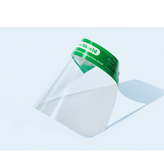Latest posts
Glossary
-
3PLY
These masks have three layers for protection. The layers consist of spun-bonded polypropylene on the inner and outer layers with a layer of melt-blown polypropylene in between. This allows for filtration while maintaining breathability. They come in different sizes, each best-suited for different uses.
-
ASTM Level
This is the protection standard single-use masks are measured against. They are ranked by levels 1-3 depending on the range of contact and length of use. ASTM tests resistance to fluids, flammability, filter strength, and differential pressure.
-
Fluid resistant
This ASTM standard measures how fluid penetrates a mask. The test is executed by simulating blood pressure, demonstrating a mask’s ability to prevent fluids from push through the mask, otherwise creating leaks. The higher the resistance, the safer.
-
N95
An N95 is a kind of disposable respirator mask, commonly worn by healthcare professionals along with other personal protective equipment (PPE). This device is worn on the face, covering the nose and mouth with the intent to block the spread of hazardous particles like gas, dust, or vapor. There are nine different kinds of respirators, all of which have different levels of efficacy and are divided into classes by the way they protect against oils (N, R, or P) and particles. As such, the N95 is Not resistant to oil and has a 95% efficacy against particles.
-
PFE
This measures how efficient a mask is at filtering out nonliving organisms. These tiny beings are pathogens, typically 0.1 to 1 micron. Masks use microfiber filters to trap the pathogens from reaching the wearer.
-
Polypropylene
This material, which is created from plastic, is a filter that can be placed in a mask. It’s especially effective in cloth masks. Polypropylene, also called Oly-fun, maintains an electrostatic charge that traps humidity — like droplets from inhalation and exhalation.
-
Pressure Differential
This measures how easily air passes through a mask. The higher the DP, the more effective the mask — although it may feel more snug on the face. The lower the DP, the less effective the mask — as it could allow for particles to escape through the mask.




